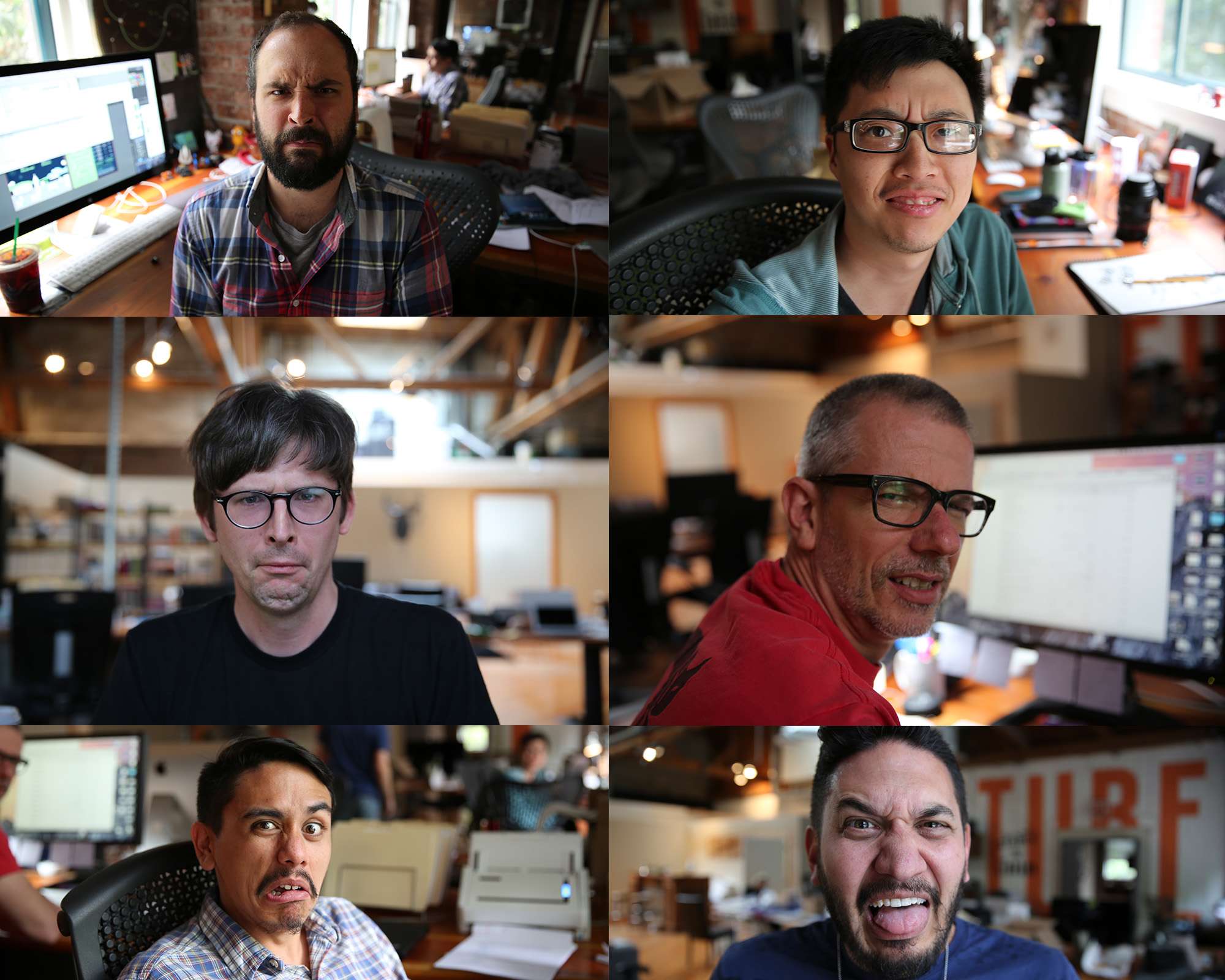At Urban Influence, we think and talk about design pretty much all day.
But for many clients, talking to us about their website, logo, or brand is often the first time they’ve been expected to have an opinion and a plan for a creative decision.
One of the most essential parts of the design process is critique and feedback. So I asked our Lead Designer, Andrew Saxton, to give me his best tips for giving great design feedback and making the design process run smooth as silk, so you can get your beautiful brand signed, sealed, and delivered as amazingly as possible.
If you aren’t sure, try identifying what’s really not working (and go from there)
Giving feedback can be challenging, especially when it’s about something you’re not an expert in. But your thoughts and opinions as a client are essential. So they’ve got to come out — even if your mind goes blank or you can’t think of something smarter than “I like it” or “I don’t like it”.
A great way to start getting specific is to actually start by identifying what isn’t working. If a logo design is 90% of the way there, it can be way easier to put that last 10% into words than to describe the 90% that’s right on.
Andrew says, “Often times, asking about things that the clients don’t want helps get us on the right path towards finding what it is they’re wanting.”
When you identify what doesn’t work, then you’re left with what does. And as you talk about why the parts that don’t work aren’t working, you’ll help the designer get even closer to what you’re looking for to make the whole thing better.
Focus on the facts and keep it constructive
Design can be an emotional thing. It’s easy to have an intense, loud reaction to something — sometimes that’s helpful, sometimes it’s not.
“Insulting feedback (“why would you do that?” “That looks like a student did it”) is very detrimental, and can really discourage me. Also, feedback that is not particularly informative (“I just don’t like it”) never helps,” Andrew says.
And it makes sense, right? If you worked hard on something, even if you’re open to feedback, you don’t want to hear something mean about it.
This doesn’t mean you can’t be critical. It just means that feedback needs to be the beginning of a conversation, and insensitive or unproductive feedback doesn’t help the conversation go on. Instead, it shuts it down.
Even if you don’t like something, try to give feedback that gives direction. Always bring it back to the ultimate goal of the design. What does this design need to express? Where does this design help achieve that goal? Where does it not?

Ask questions, and be open to back and forth
Design is a fluid thing. Almost everything is up for debate, able to change, and open to interpretation.
Asking questions doesn’t mean that you are dumb or “don’t get it”. Designers expect you to ask questions, and it’s a great way to get the feedback conversation going. Ask about why they chose a typeface or what inspired a color palette.
There are tons of decisions big and small that designers make when they are putting together a presentation for you, so you better believe they’ll be excited to talk to you about why they chose what they chose. They love this stuff, don’t forget.
A good designer will be able to explain their choices to you, as well as let you know how and which parts of a design can be altered.
Don’t forget: we all have the same goals
Andrew says: “To generalize, the most important thing I want from clients is trust – trust in what we do, and that they hired us for specifically that reason.”
It can be easy to forget, during a frustrating meeting where you’re looking at a design that doesn’t work or you’re having a hard time communicating your ideas, that you and the designer are actually on the same team. They are trying to produce great work that achieves your goals, just like you.
A great designer will help you find the words, as long as you’re willing to keep the conversation constructive and productive.
“I always make sure I never say things that are just negative or unhelpful,” Andrew adds. “I will sometimes just give my gut reaction to something, but explain that it is just my opinion, and could still very well work for the client. I try to filter my personal taste to a certain amount, and make sure we’re staying focused on the client and project’s needs first and foremost. I always try to come up with a suggestion, or a possible solution if something feels very off or wrong.”

You can do it!
Giving good feedback is a skill, and one you can learn. It can feel like a lot of pressure (you want your design project to be good, after all), but a great designer will work with you to help draw out the information they need to create something awesome for you.
Your feedback is essential for landing on a final logo, webpage, or print collateral that truly expresses who you are as a brand and help you achieve your biggest goals. Remember, you know your brand the best. The designer is trying to give you their best interpretation of your brand and vision, so you have to work back and forth with them to get everyone on the same page with a perfect design.
But once you do, oh boy. Good design is so, so good.

